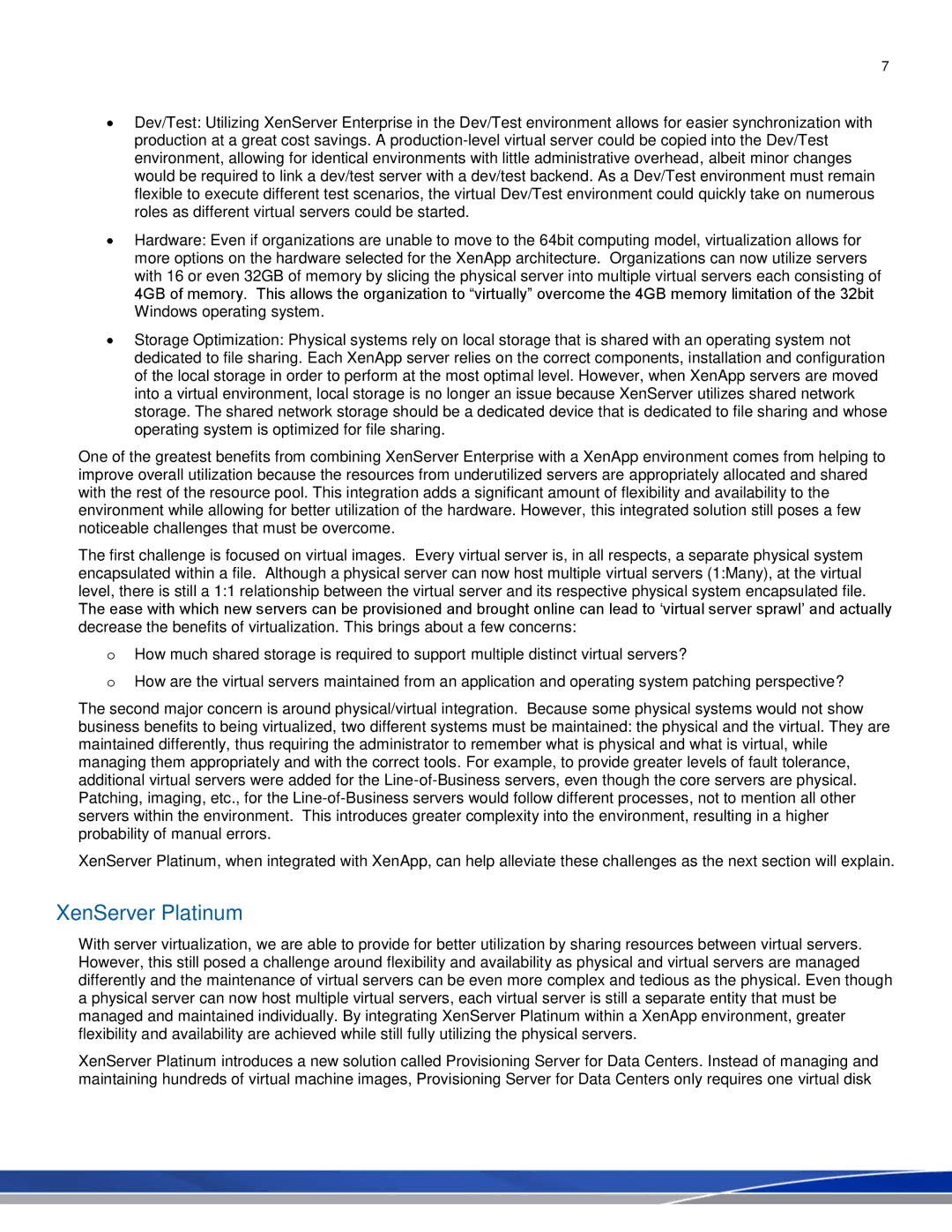4.1 specifications
Citrix Systems 4.1 is a prominent release in the realm of virtualization and application delivery solutions, designed to enhance the performance, accessibility, and management of applications in enterprise environments. This version comes packed with a suite of features that cater to IT administrators and end-users alike, allowing for a more efficient and streamlined experience.One of the standout features of Citrix Systems 4.1 is its advanced application virtualization technology. This allows organizations to run applications from a centralized server, reducing the load on individual client machines and enabling seamless access to applications from virtually any device. Users benefit from the ability to access critical business applications without the need for extensive installations on their local machines, leading to improved productivity and reduced IT overhead.
The interface has been optimized for user experience, making it easier for users to navigate applications from a single portal. The single sign-on capability simplifies the user login process, enhancing security and streamlining access to multiple applications. Furthermore, Citrix 4.1 supports robust authentication and authorization methods, ensuring that sensitive data is protected while providing users with easy access.
Another key characteristic of Citrix Systems 4.1 is its support for multiple operating systems and devices. Organizations can deploy applications on Windows, Linux, and Mac systems, and users can connect through various devices, including tablets and smartphones. This versatility is essential in today’s hybrid work environments, where employees may require access to applications on the go.
Performance is significantly enhanced in this release, thanks to improved load-balancing algorithms and session reliability features. This ensures that applications maintain optimal response times, even under high-demand scenarios. The built-in analytics and monitoring tools provide IT departments with insights into application performance and user experience, facilitating proactive management of resources.
Additionally, Citrix Systems 4.1 embraces cloud integration, allowing enterprises to leverage cloud resources for scaling applications and enhancing disaster recovery plans. This flexibility is critical for organizations looking to modernize their IT infrastructure while maintaining business continuity.
In conclusion, Citrix Systems 4.1 stands out for its comprehensive suite of features, advanced virtualization technologies, multi-device support, enhanced performance, and robust security measures. These characteristics make it a suitable choice for organizations aiming to optimize their application delivery and meet the evolving demands of the digital workplace.
